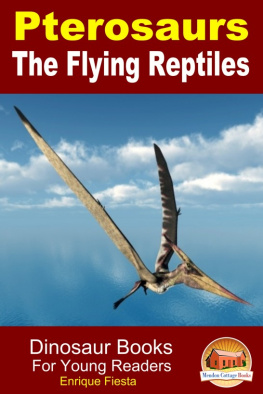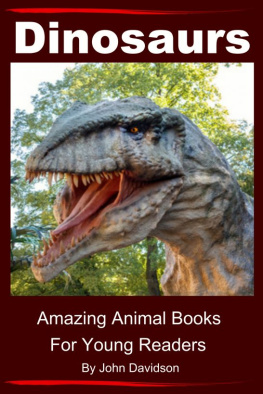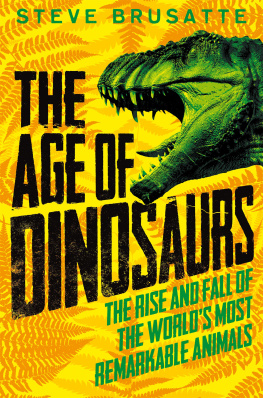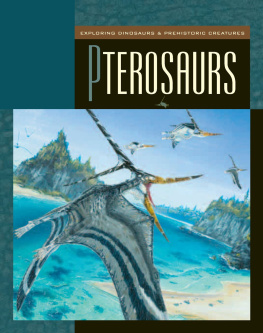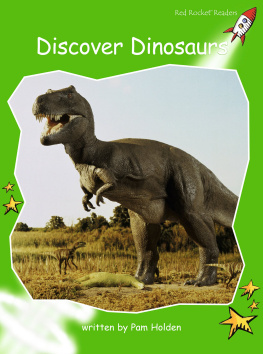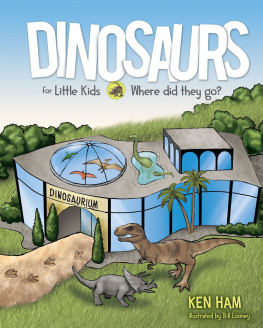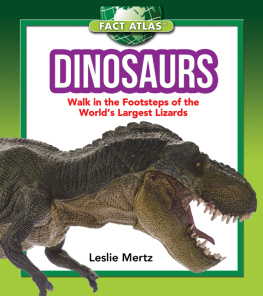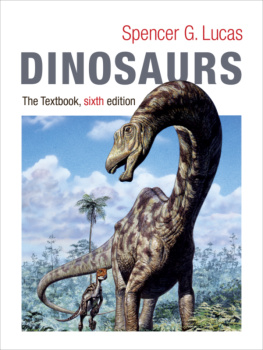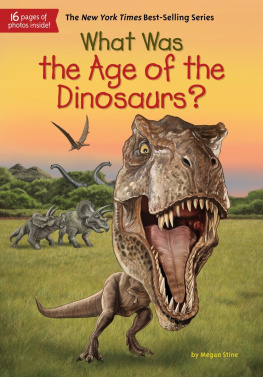Pterosaurs
The Flying Reptiles
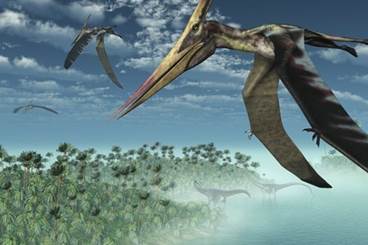
Dinosaur Books For Young Readers
By
Enrique Fiesta
~~~
Smashwords Edition
Mendon Cottage Books

JD-Biz Publishing
All Rights Reserved.
No part of this publication may be reproduced in anyform or by any means, including scanning, photocopying, orotherwise without prior written permission from JD-Biz Corp and http://AmazingAnimalBooks.com
Copyright 2014. JD-Biz Corp
All Images Licensed by Fotolia and 123RF.
Smashwords Edition, License Notes
This ebook is licensed for your personal enjoymentonly. This ebook may not be re-sold or given away to other people.If you would like to share this book with another person, pleasepurchase an additional copy for each recipient. If youre readingthis book and did not purchase it, or it was not purchased for youruse only, then please return to your favorite ebook retailer andpurchase your own copy. Thank you for respecting the hard work ofthis author.
Read More Amazing AnimalBooks

Table of Contents
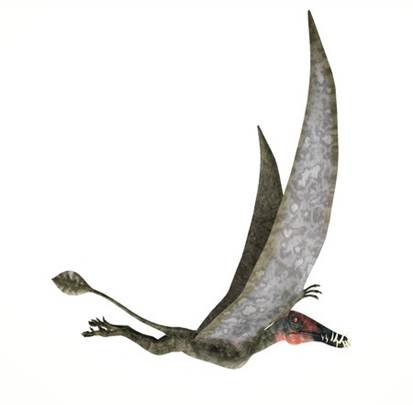
Introduction
Salutations young reader! Today we are goingto take a step back in time and enter the age of the dinosaurs. Thedinosaurs are an extinct species of animal that began to live onthe Earth over 200 million years ago. Extinct means that they nolonger exist.
The dinosaurs are some of the most intriguingand awe-inspiring animals that have existed on our planet. Thedinosaurs colossal size, strange characteristics, and mysteriousdisappearance make them inherently worthy of study andinterest. Even more than these reasons, the study of dinosaursitself is an incredible adventure which requires thought andimagination. The study of dinosaurs helps you to appreciate justhow mysterious life really is. Our planet supports not only us andthe animals that live today, but it even supported creatures asgigantic and strange as the dinosaurs- just think how cool that is!I hope that you bring a spirit of openness and wonder to yourreading, and that you come to appreciate the mystery and value ofthe dinosaurs.
In this book we are going to learn about thePterosaurs! The Pterosaurs were winged, flying reptiles which livedduring the age of the dinosaurs. The pterosaurs are not considereddinosaurs by scientists, but reptiles. We are going to learn aboutthese winged creatures, where and when they lived, and theirrelationship with the creatures they lived with. The pterosaurs areoften mistakenly called pterodactyls but the Pterodactylis actually just a species of Pterosaur. The Pterosaurs includedmany species of flying reptiles which ranged considerably in size;from the size of a sparrow to the size of an airplane.
We know what we know about the dinosaurs froma variety of sources including fossils, biology, and otherscientific disciplines. Fossils are the ancient remains of thedinosaurs, the most familiar being their bones. Biological scienceis the study of life in general, but many scientists compare thedinosaurs to modern day animals to support their theories.
Before a talk about dinosaurs can take placeit is important that we discuss the theory of evolution.Evolutionary theory supposes that all the animals we know and seetoday are the direct descendants of animals that existed millionsof years ago. The dinosaurs and other creatures that existedmillions of years ago either died out or gradually changed intodifferent animals. For instance, birds are considered to besurviving dinosaurs because their dinosaur ancestors survived thedinosaur extinction event (we will discuss this later). Thepterosaurs are more closely related to birds than any otherreptile.
Remember that any time you see an * next tothe name of a dinosaur, it means that a book has been written aboutthis dinosaur in the Dinosaur Books for Young Readers series. Anyword written in bold is an important scientific term which isdefined in-text. Italics are used to denote the first time adinosaurs name is mentioned in the book.
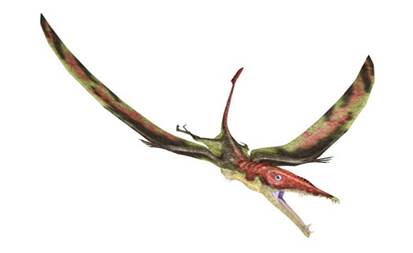
Chapter 1: Appearance
The Pterosaurs were interesting reptilesbecause they came in all shapes and sizes, though they shared manysimilarities. Pterosaurs typically had long jaws filled withneedle-like teeth; others possessed more beak-like mouths with noteeth.
The Pterosaurs possessed leathery wings. Thewings were made up of unique membranes that were attached to a verylong finger, the sides of the Pterosaur, and the ankles of thePterosaur. The Pterosaur possessed a wishbone. The wishboneis a forked bone in animals that typically serves as an attachmentpoint for powerful muscles. It is found in birds, where it servesas an attachment point for the wing muscles. It served the samepurpose for Pterosaurs. The Pterosaur was capable of powered flightbecause of its leathery wings. Another factor which aided thePterosaur to fly was its hollow bones. The presence of hollow bonesmeans that the Pterosaurs were lighter than dinosaurs of roughlythe same size which have solid bones; when flying the Pterosaurwould have had less weight to carry around.
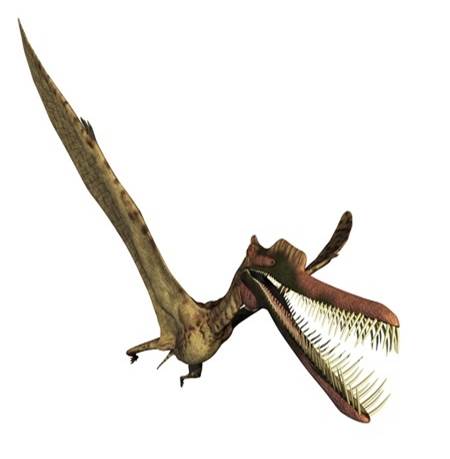
Most Pterosaurs possessed webbed-feet. Webbedfeet also an animal to walk on mud or swim with more ease thananimals without the characteristic; such webbing makes sense for aPterosaur to have since they lived in primarily aquaticenvironments (see Chapter 3).
Pterosaurs shared a number of characteristicsincluding their wings, elongated jaws, and wishbone, but theirskulls varied immensely. The crests of Pterosaurs came inunique shapes and sizes. A crest on a Pterosaur refers to the tuftof skin on a Pterosaurs head. The Pteranodon possessed aback-ward facing spike like crest whereas the Tapejaridspossessed elaborate fan-like crests. The crests were generallycomposed entirely of tissue which does not fossilize. This meansthat scientists have difficulty reconstructing what Pterosaurslooked like because they do not have access to fossilizedcrests.
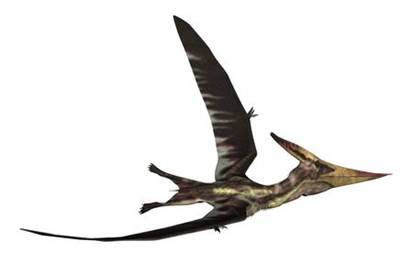
The Pterosaurs were probably a shade of tan,brown, or green like most animals. These earthy colors would havegiven the Pterosaur camouflage.Camouflage is the natural ability of an animal to blend into itssurroundings. It is possible that the crests of the Pterosaurs werevibrant, bright colors. Many birds have colorful crests, and thoughit might have meant less camouflage the Pterosaur might not haveneeded it due to its ability to fly away quickly if dangerarose.

